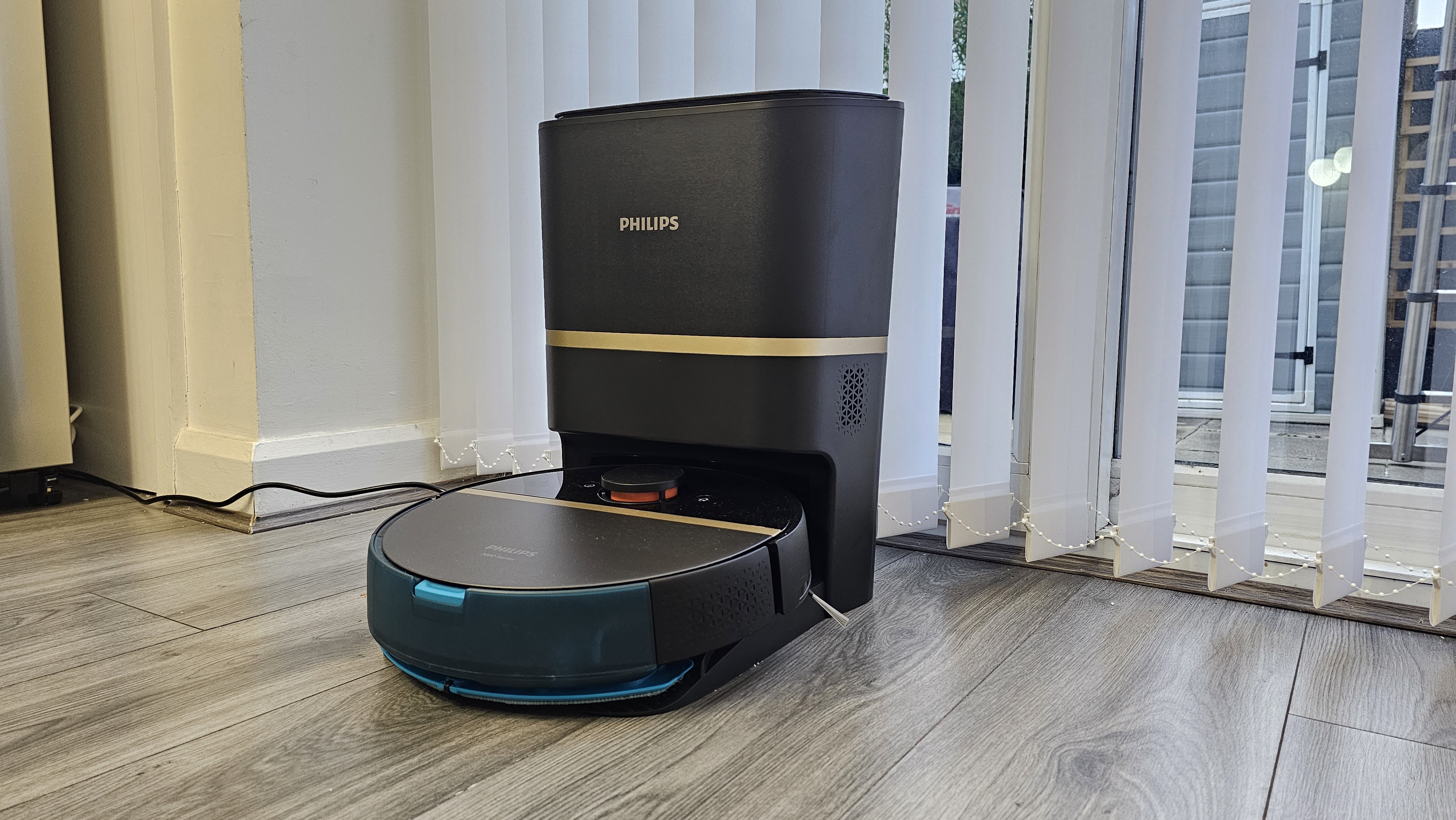
The best robot vacuum cleaners have been repeatedly knocking the paint off our skirting boards and inadvertently smearing dog plop around our floors for a good few years now, yet they remain a central facet of the smart home space. According to Grand View Research, these domestic bots aren’t going anywhere anytime soon. The firm’s latest data valued the global robotic vacuum cleaner market at almost $5 billion (£3.9bin) in 2021, a number which is estimated to grow annually by 23% by 2030.
So why are these clumsy wall-bashing floor suckers so popular? For starters, they take away the burdensome chore of vacuuming (and more recently, mopping on some models) for anyone who doesn’t have a cleaner (most of us, I suspect) and they’re especially useful for those with busy lifestyles who just aren’t home often enough to thoroughly clean.
While I’m probably too much of a control freak to trust the critical task of cleaning my floors with an inanimate object touting a WiFi connection - when Philips asked me if I wanted to test-drive its latest offering, the HomeRun 7000 Series Aqua Vacuum and Mop Robot, I jumped at the chance to see if it could in any way improve my life.
Would it free me from the shackles of regular vacuuming and grant me the luxury of time for me to fritter away on other pointless activities? Or would it merely prove more trouble than it's worth? All will be revealed in this review…
PHILIPS HOMERUN 7000 SERIES AQUA: PRICE AND AVAILABILITY
The Philips Homerun 7000 Series Aqua was launched in late 2023 with an RRP of £799.99, putting it at the higher end of the robot vacuum market.
For now, it’s only available for purchase on Amazon UK (currently on sale at £681), and, for reasons unbeknownst to us, it’s not widely available in physical stores or in the US market. Though, being super new, this could likely change soon, so be sure to keep an eye out if you’re interested but live outside the UK.
When compared to its competitors such as Rumba’s iRobot line of vacuums, the Homerun 7000 Aqua sits at a similar price point. However, its value is contingent on its performance, so let’s find out if it’s really worth the dosh.

PHILIPS HOMERUN 7000 SERIES AQUA: DESIGN AND BUILD
When the Philips Homerun 7000 landed on my doorstep, I was curious to see what the brand’s foray into the robot vacuum world looked like IRL. Better known for its electronics and appliances, Philips has only recently dipped its toes into the pool of robot vacuums, and the Homerun 7000 Series is, let’s say, an interesting splash.
Right off the bat, the design doesn’t scream revolutionary. It’s that all too familiar circular shape that we’ve seen in just about every other robot vacuum out there, although you can’t deny it has a high-end, sleek finish. The standout feature, however, is the laser navigation system, perched like a mini UFO on top. And this is not just for show - it allows the bot to scan your home, see where your furniture lay and dodge any obstacle that stands in its way as it navigates its way through your home, munching on any dust and dirt it can find.
And the Homerun 7000 series is not just about sucking up dust. It's equipped with a mopping unit at the back making it a multi-functional robot vacuum that attempts to clean more thoroughly than your average vacuum. The downside here is that the mop is always on, whether you want it to mop or not. While this makes the unit more versatile – being ready to mop at a moment's notice - it does mean you’ll be changing cloths more often than you’d like.
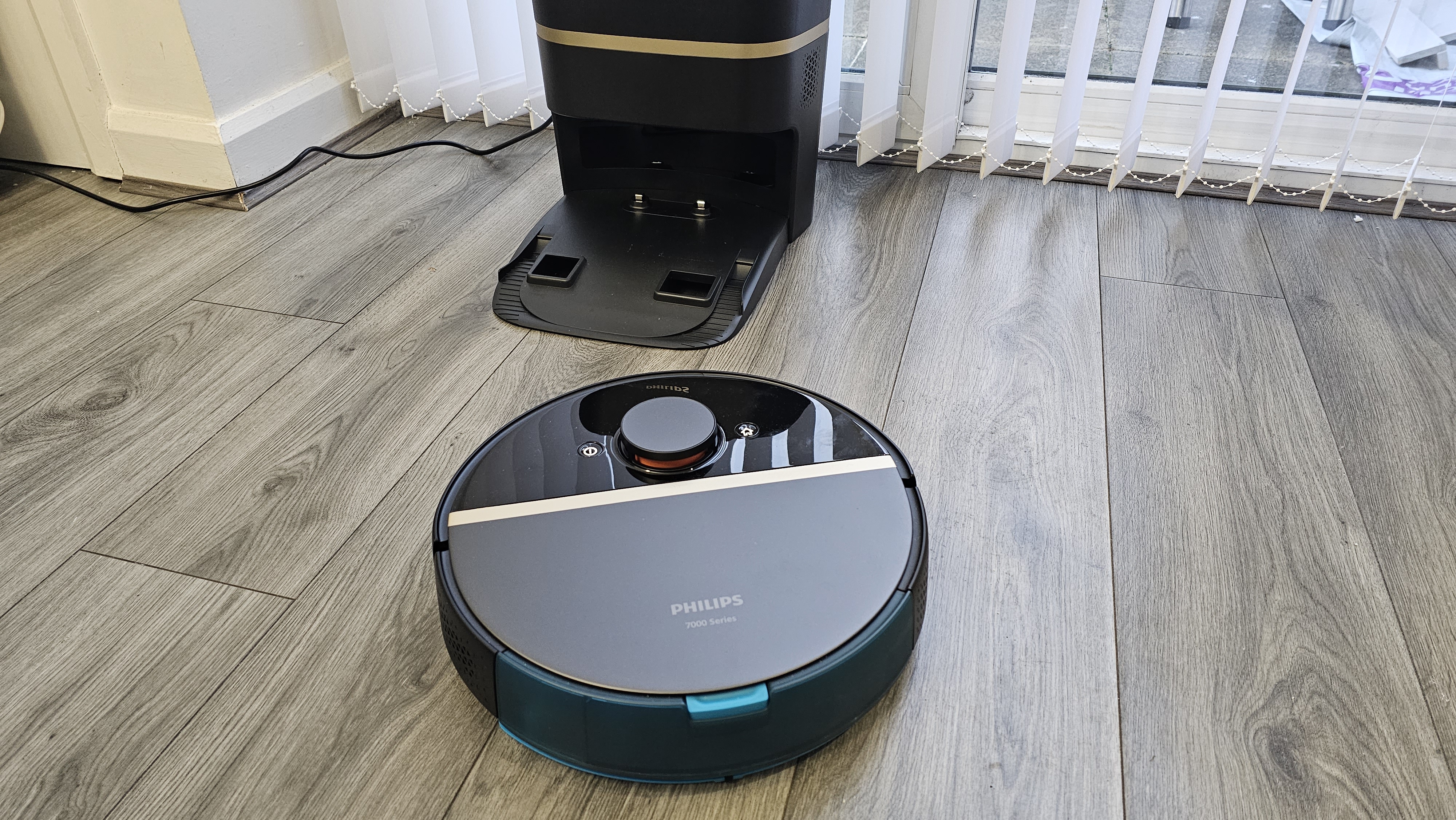
Build-wise, this robot feels sturdy. Philips hasn’t cut any corners on the quality. It feels like it can take a few knocks and bumps, which are inevitable in the obstacle course that is the average home. The charging station, where the Homerun 7000 returns for juice and to ditch its dirt, is also compact and discreet. No room-hogging issues here. And the neat thing is that that touts an automatic emptying feature, which sucks the dirt from the robot every time it returns to its base to recharge, meaning you don’t have to empty it manually after each clean.
Instead, you only have to replace the dust bag that sits in the charging station, which can be done every month or so depending on the level of dirt in your home. While this is a very welcome design feature, it’s nothing we haven’t seen before. Roomba has integrated this into its iRobot vacuums for a good few years now.
Overall, the Philips Homerun 7000 doesn’t push the envelope in design innovation, but it does offer a solid, well-constructed build that ticks the essential boxes of a modern robot vacuum.
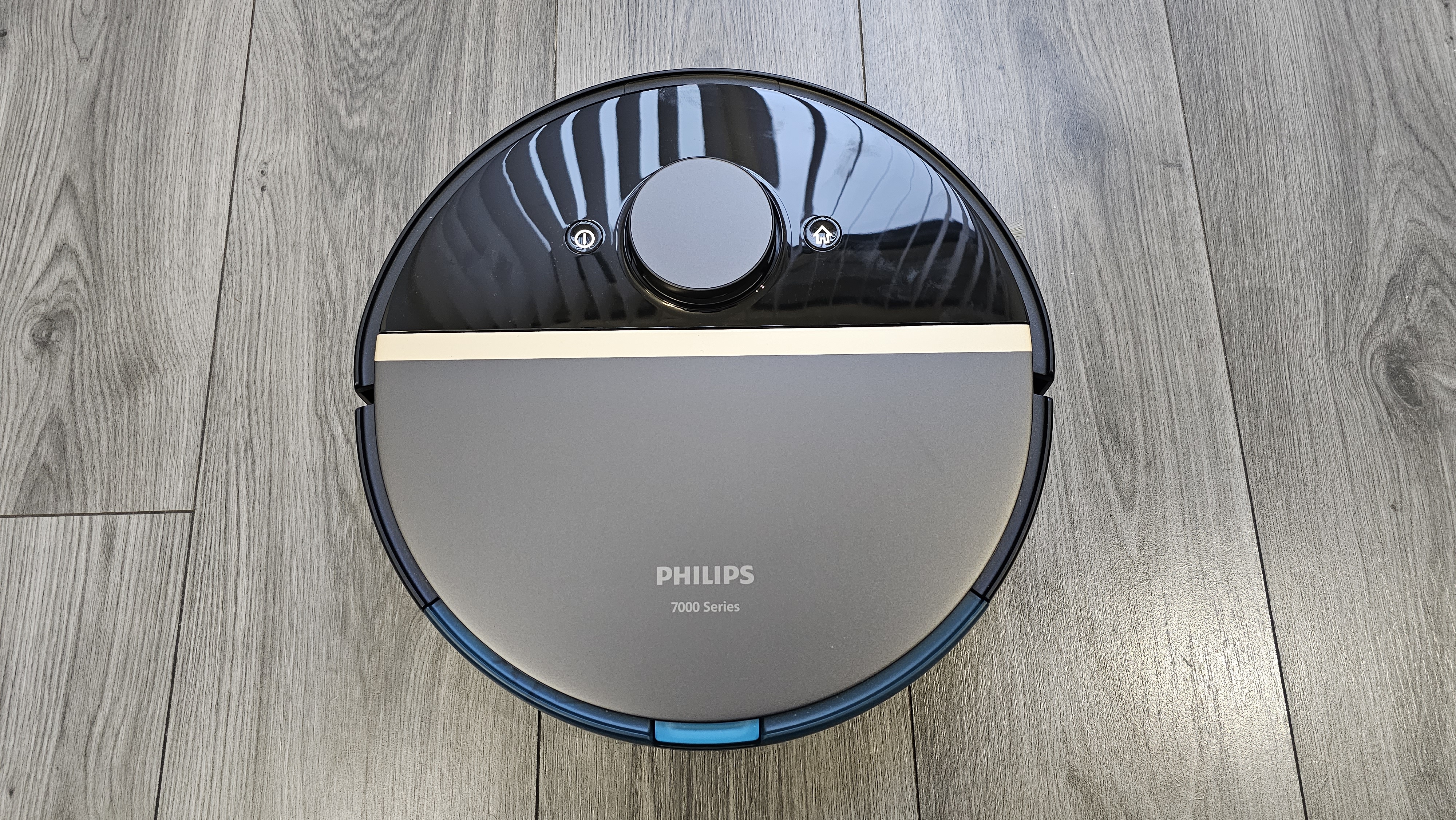
PHILIPS HOMERUN 7000 SERIES AQUA: PERFORMANCE AND FEATURES
With a promise of combining vacuuming prowess with mopping finesse, I was keen to see how this robot fared in the cleaning Olympics of my home.
Firstly, the suction power is pretty impressive. Rated at a hefty 5,000 Pa, it’s powerful enough to devour big clumps of dust or dirt relatively easily. It eagerly gobbled up everything from tiny dust particles to the occasional stray cereal piece with gusto.
Now, onto the mopping performance. When it's in Y-movement pattern mode, it can tackle stubborn spots on my kitchen floor, leaving it considerably cleaner. However, don't expect miracles on those really tough stains – it's diligent but not magical.
But here’s where we hit a few bumps. The Homerun 7000, while great at general cleaning, seems to have a blind spot for corners and edges. The side brush just doesn’t have the reach, leaving those nooks and crannies feeling a bit neglected. And the mop? It barely flirts with the edges.
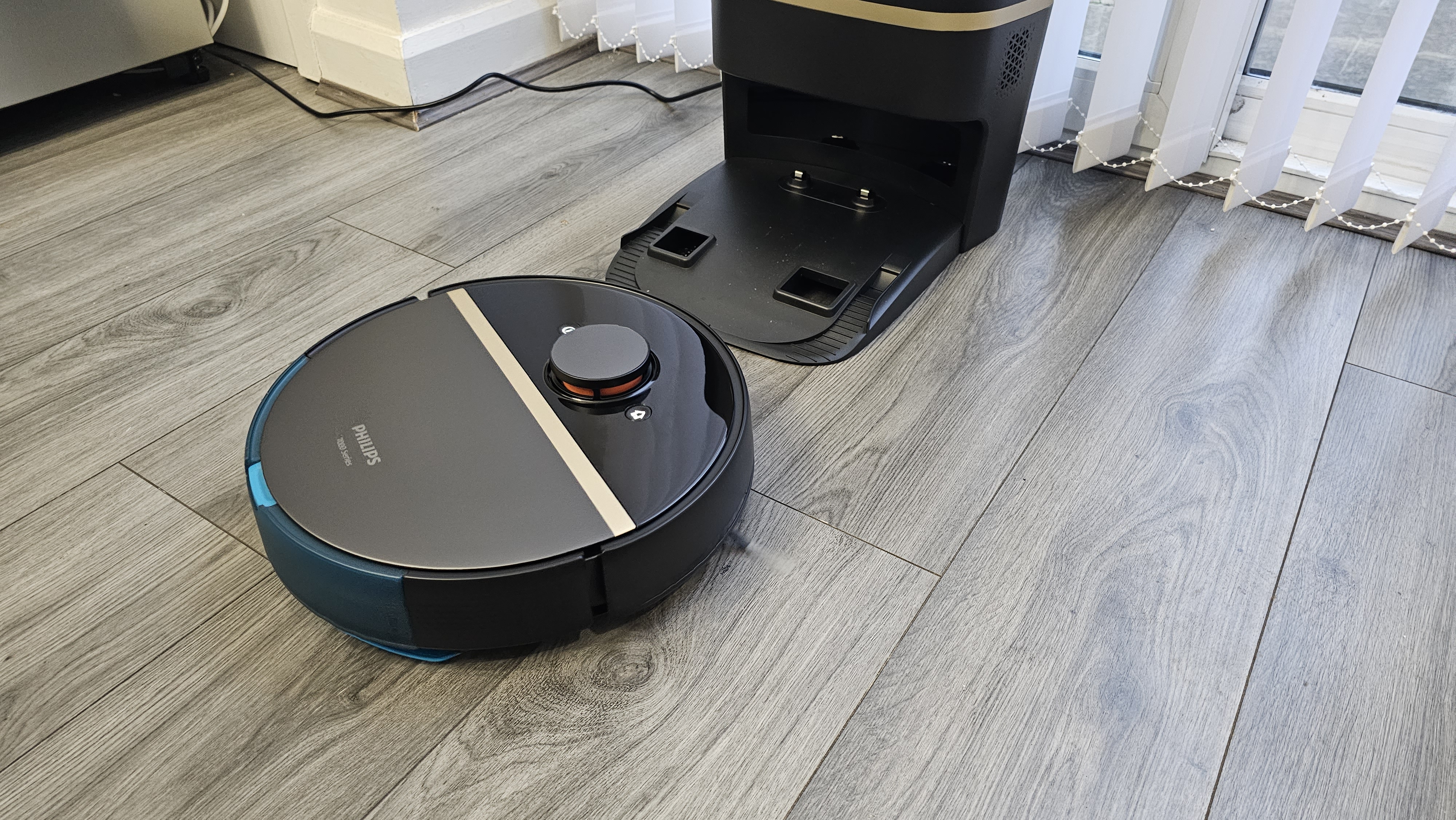
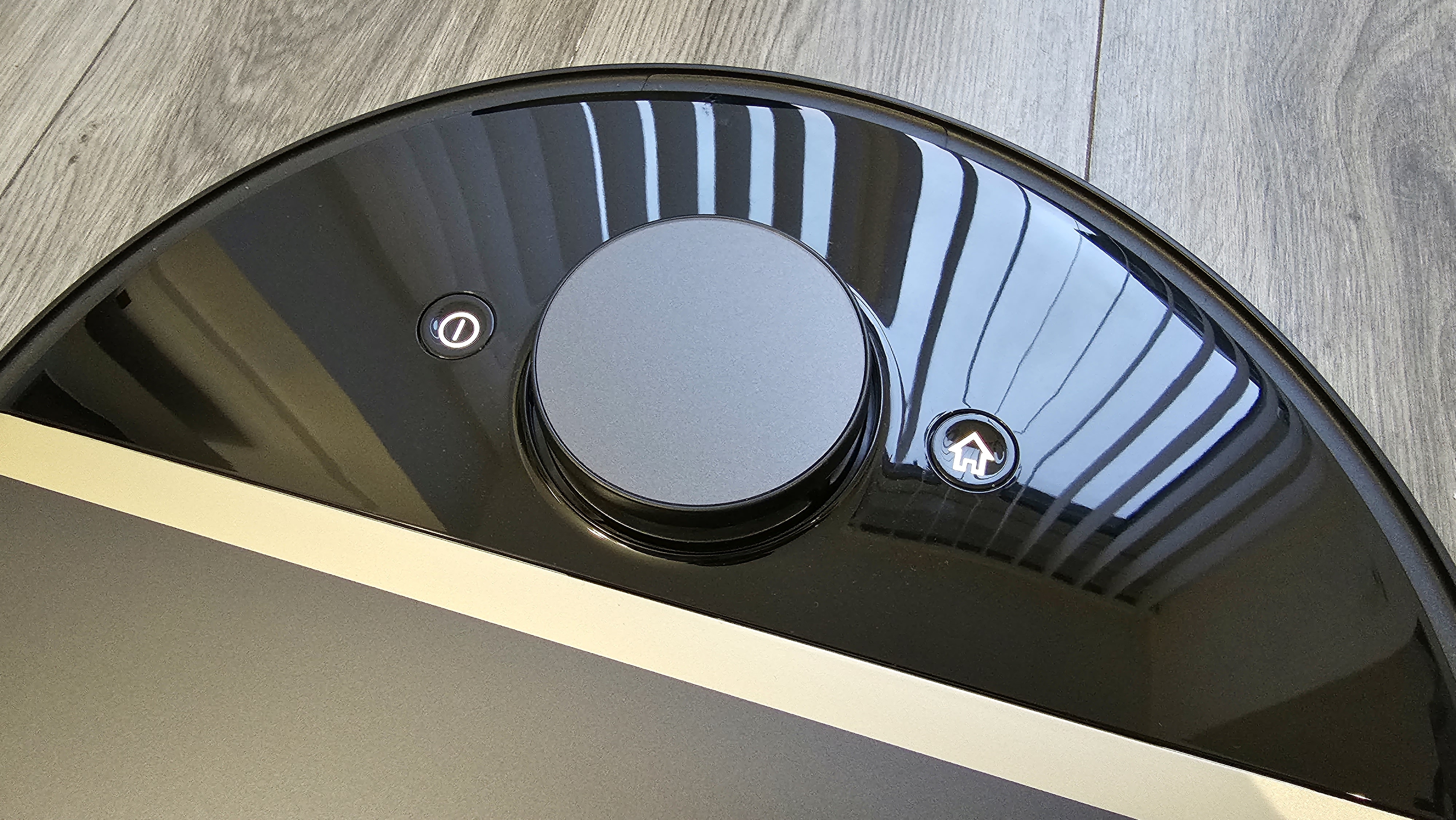
Then there’s the obstacle detection, or sometimes the lack thereof. While it can dodge a chair leg like a pro, smaller obstacles seem to escape its notice. Some of my charging cables and socks became unintended victims of its cleaning spree more than once. It also didn’t deal very well with a shaggy rug, getting stuck in the longer piles and alerting you to an error before turning itself off. Not ideal.
The app is also a little rudimentary for my liking. While it gives you a view of how the robot sees your home - allowing you to divide it up into areas or rooms and tell it the sequence that it should clean each - there was no option to add your own areas for it to avoid (like my shaggy rug, for example).
Overall, the Philips Homerun 7000 performs admirably in its primary role of keeping your floors clean but it’s not without its quirks. The corners and edges might need a manual once-over, and you'll need to keep an eye on smaller obstacles. For the day-to-day clean-up, though? It’s a good base option - just don’t expect it to take away your cleaning chores entirely.
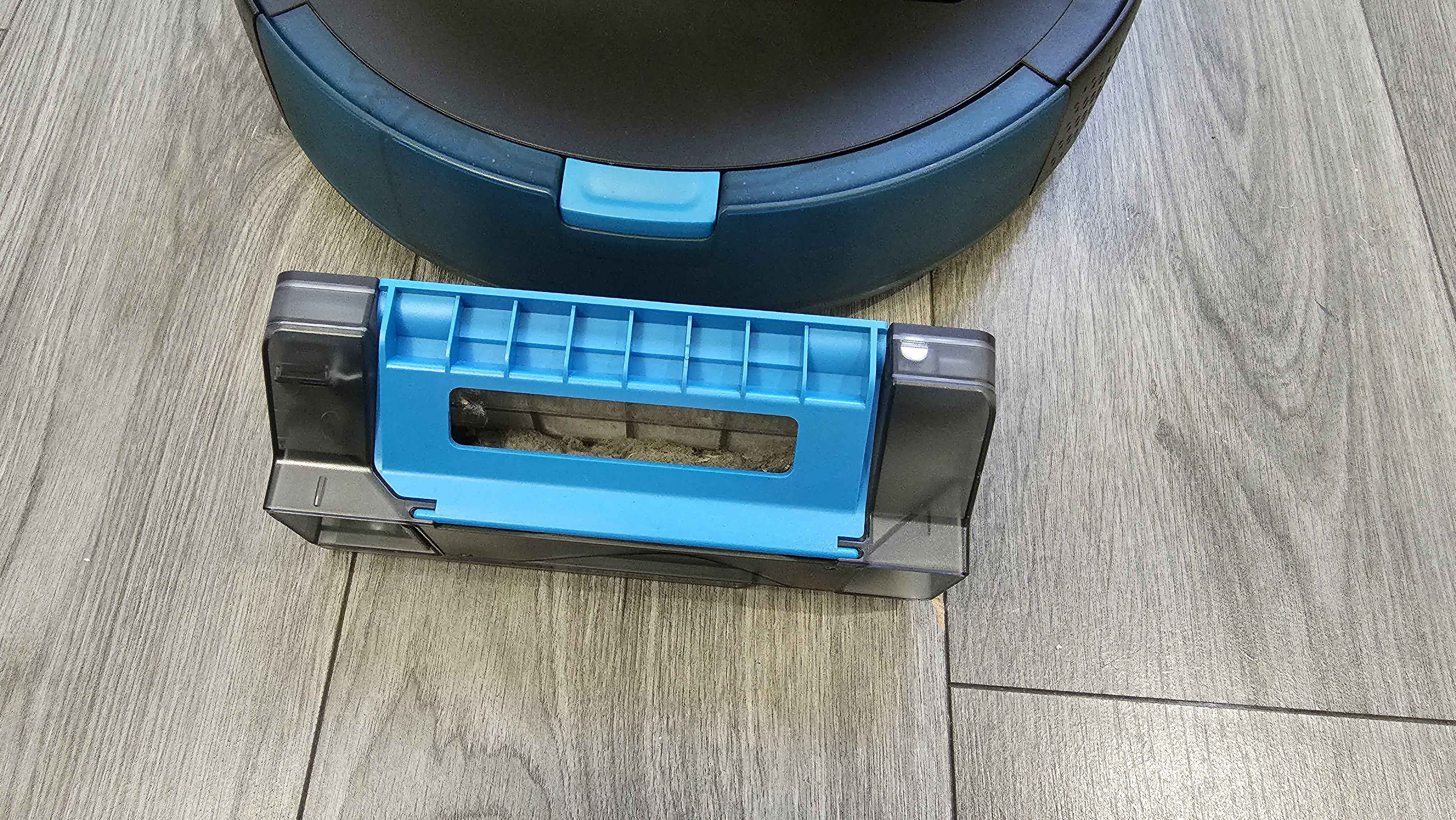
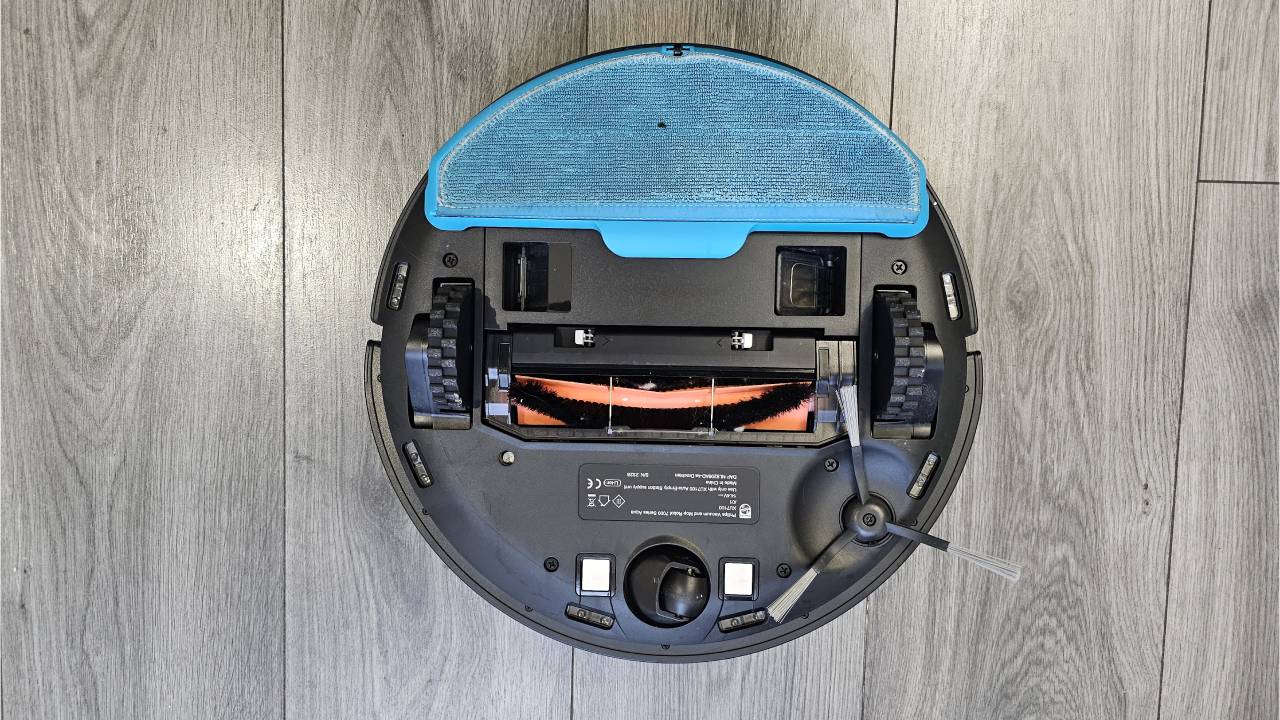
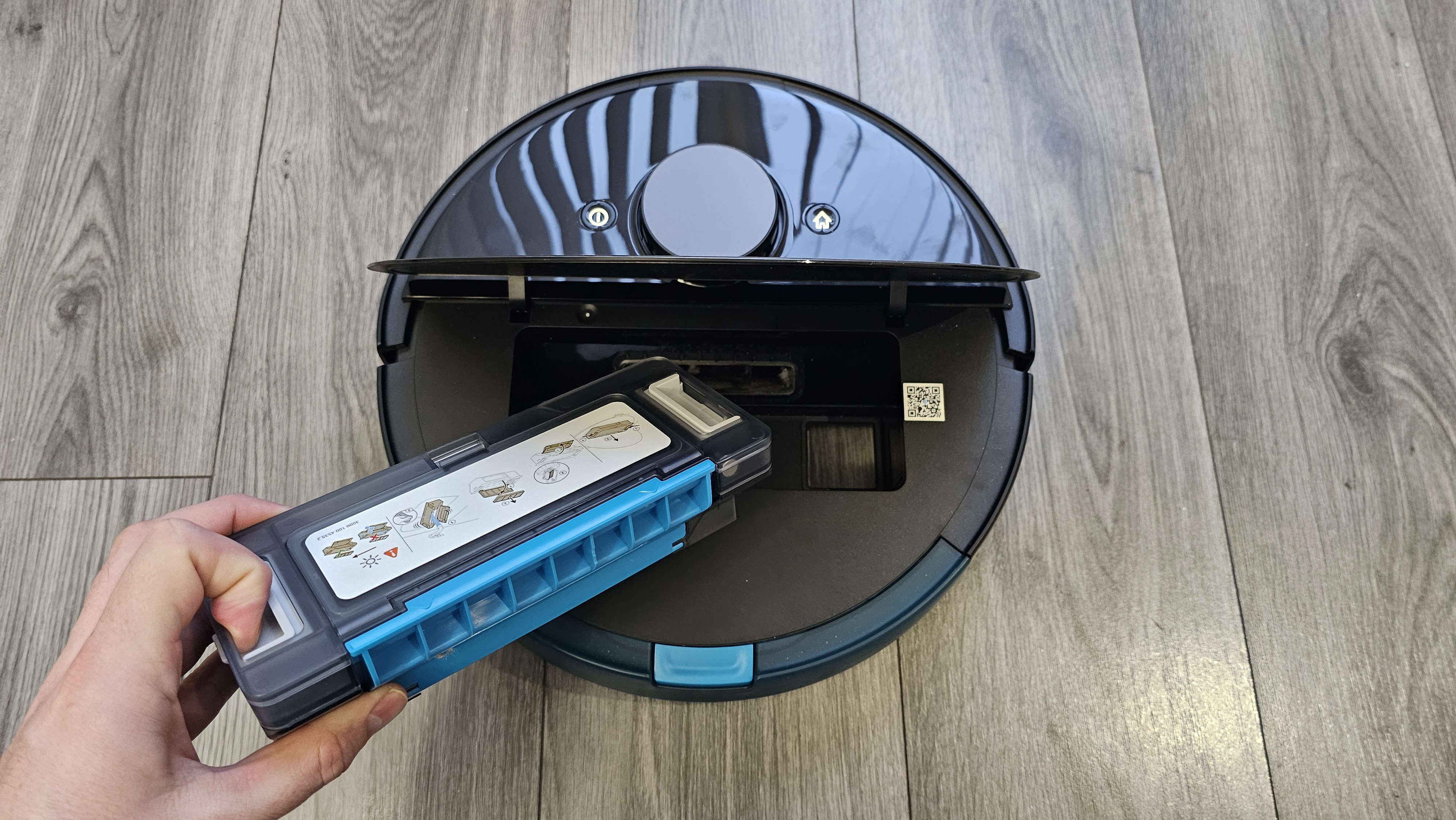
PHILIPS HOMERUN 7000 SERIES AQUA: VERDICT
The Philips Homerun 7000 aims to offer the convenience of a two-in-one vacuum and mop, but its execution falls short somewhat. While it impresses with strong suction and an efficient mopping feature, its shortcomings in corner cleaning, edge performance and inconsistent object detection are hard to overlook, especially given its premium price point.
For those seeking a multifunctional robot vacuum, it's a case of weighing up these drawbacks against the convenience of its combined capabilities. The Homerun 7000 might find a place in homes where its specific strengths align with the users' needs (a circular living room with minimal furniture maybe?) but it's not the all-rounder it strives to be.







